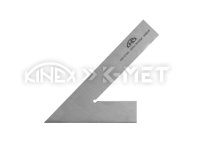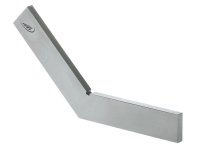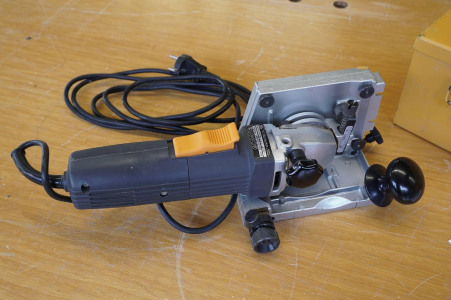Crazyraceguy
Member
- Joined
- Oct 16, 2015
- Messages
- 5,559
I forget the brand name, but the one we used to have, in the old shop, was Italian made. Maybe started with an "M"? I t was a 30" cut and 350mm blade?
The thing about it was, it had a safety cable that would restrict its movement. It worked very much like a seatbelt in a car, pull slowly and it moves just fine, jerk to quickly and it locked right up. It could not climb and accelerate.
They used it in the countertop department, cross-cutting 25" x 145" particle board slabs. In the new facility, they have a vertical panel saw to do that task now.
From what I ever heard, where most people got into trouble with RAS, was from turning the blade parallel to the back fence and ripping solid wood with it.
The thing about it was, it had a safety cable that would restrict its movement. It worked very much like a seatbelt in a car, pull slowly and it moves just fine, jerk to quickly and it locked right up. It could not climb and accelerate.
They used it in the countertop department, cross-cutting 25" x 145" particle board slabs. In the new facility, they have a vertical panel saw to do that task now.
From what I ever heard, where most people got into trouble with RAS, was from turning the blade parallel to the back fence and ripping solid wood with it.



